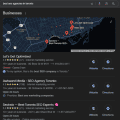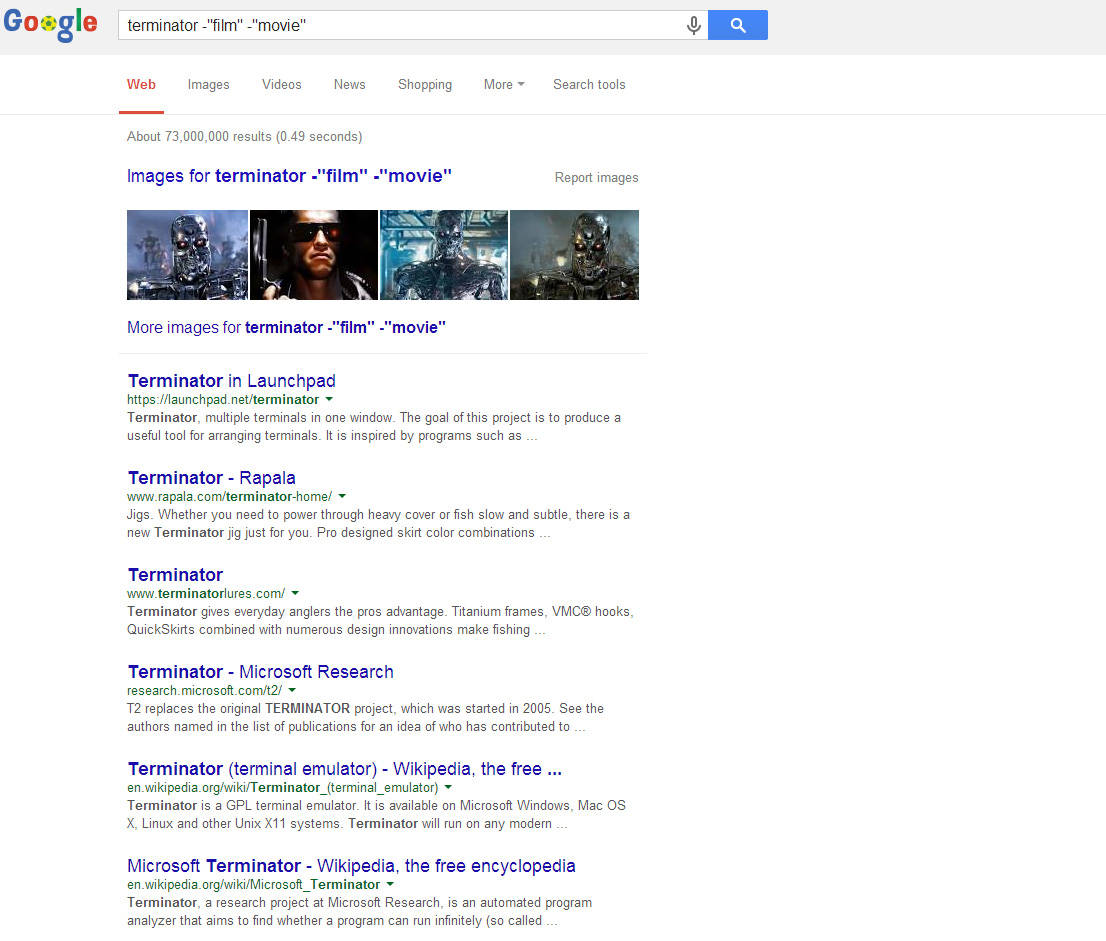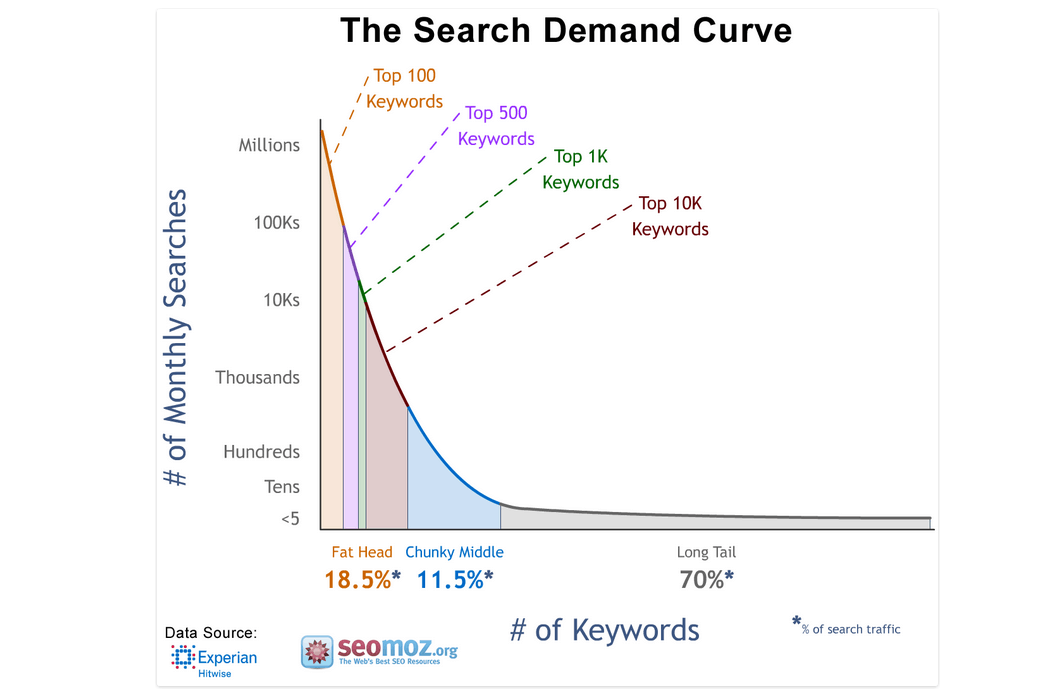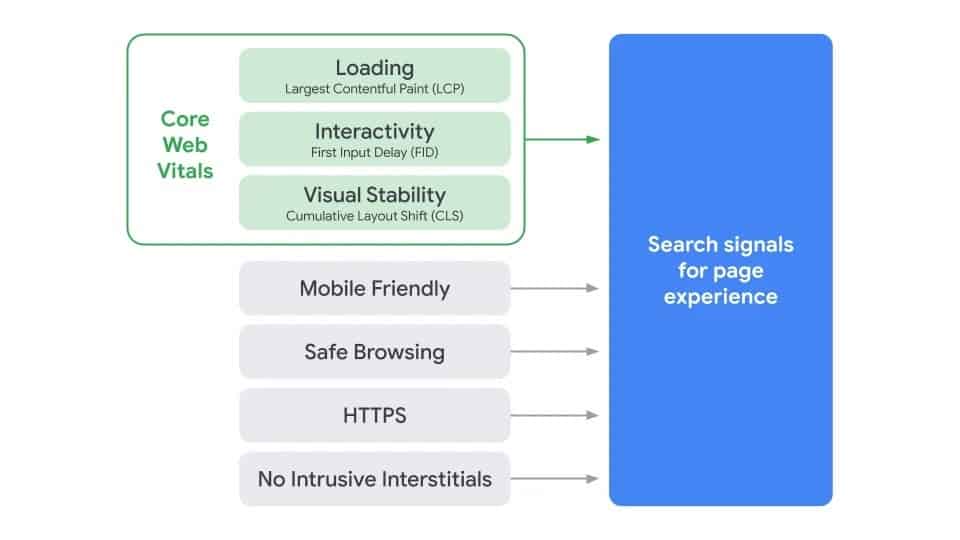You’ve probably heard of search engine optimization (SEO) as a strategy to increase traffic to your website; the idea is to tweak your website and offsite strategy, so you rank higher for relevant search queries in Google, thereby resulting in more traffic. But you also might have heard about the prevalence of Google penalties, manual actions that deliberately remove your site from search engine listings as punishment for using unethical techniques.
Are there risks to using SEO, or are threats of Google penalties overblown?
Table of Contents
Black-Hat vs. White-Hat SEO
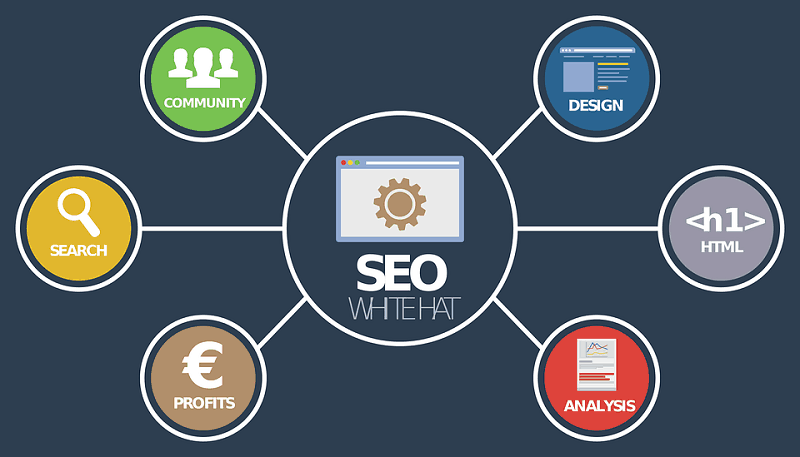
First, we need to address the fact that there are hundreds, if not thousands of tactics that could technically fall under the umbrella of “SEO,” but not all of these are inherently risky. In fact, experienced search engine authorities often group them into categories of “black-hat” and “white-hat” SEO.
White-hat SEO tactics include strategies that increase your visibility in search engines by providing users will meaningful content and relevant backlinks that serve a purpose. Google’s main goal in policing its search results is to ensure that users find value, so if you’re only providing them with valuable content and infrastructure, Google isn’t going to complain.
Black-hat SEO tactics are meant solely to manipulate the rankings, a way of fooling Google’s algorithm, and are generally frowned upon by Google and web users alike. These typically use deceiving or misleading tactics to trick users into taking a specific action, or to dupe Google’s algorithm into detecting something that isn’t there.
It’s possible to decline in rankings due to low-quality content or other small issues, but the real problem—manual Google penalties—are only going to come into play when your site commits an egregious offense in the realm of black-hat SEO. In other words, if you’re only practicing ethical, white-hat SEO strategies, there’s virtually no risk of a penalty for your site.
Examples of Black-Hat Tactics
That begs the question, how can you tell what “counts” as a black-hat strategy?
Anything that violates Google’s terms of service or anything that intentionally tries to be manipulative with search rankings could warrant a penalty. These are some examples of these types of actions:

Keyword Stuffing
Keyword stuffing is the practice of injecting specific words and phrases into your content and throughout the site, without regard for content quality. In egregious cases, the keywords won’t make sense in context, or webmasters may sneak keywords and phrases into the background of the site, hiding them from view.
Misleading links
Sneaky or misleading redirects can also warrant a Google penalty. If you’ve set up basic 301 redirects, don’t worry—these are perfectly fine, and are even encouraged if they guide a user toward the content they want. The problem is when these links take a user to a place they didn’t originally want to go.
Link schemes
Link schemes are usually one of the biggest problems. These usually revolve around establishing links to your website without the context of high-quality content to support them. There are many types of link schemes, none of which are acceptable, including link circles and link exchanges.
Most of these are more akin to get-rich-quick schemes than legitimate marketing strategies.
By contrast, white-hat SEO tactics are all about providing as much value as possible to readers and web users. For example, developing high-quality onsite blog posts, tweaking your site to improve its loading speed and usability, and building links with high-quality offsite guest posts are all valuable white-hat strategies that won’t earn your site a penalty.

How Can You Tell If You’ve Been Penalized?
If you’ve read about white-hat and black-hat SEO tactics but you’re still worried, there’s a way you can check to see if your site has been penalized. In all cases, if you’ve earned a manual Google penalty, you will be notified through Google Search Console. If there’s no message, you’re in the clear. If you do receive a message, you’ll be notified of the specific tactics or actions that led to the penalty. From there, you’ll have the opportunity to correct the issues and submit an appeal.
If you’ve noticed your search engine rankings declining, it’s not worth panicking. Ranking fluctuations are somewhat common, even if you haven’t changed much in your strategy. If this is the case, take the opportunity to assess the strategies you’re using, and see if there’s anything you can improve. Usually, a handful of tweaks and a few weeks of development are all it takes to restore your rankings back to normal.
The benefits of white-hat SEO are substantial, and there are practically no risks to using these strategies. As long as you understand the difference between white-hat and black-hat SEO, and don’t stray into the realm of black-hat SEO, you’ll only bring benefits to your site.





